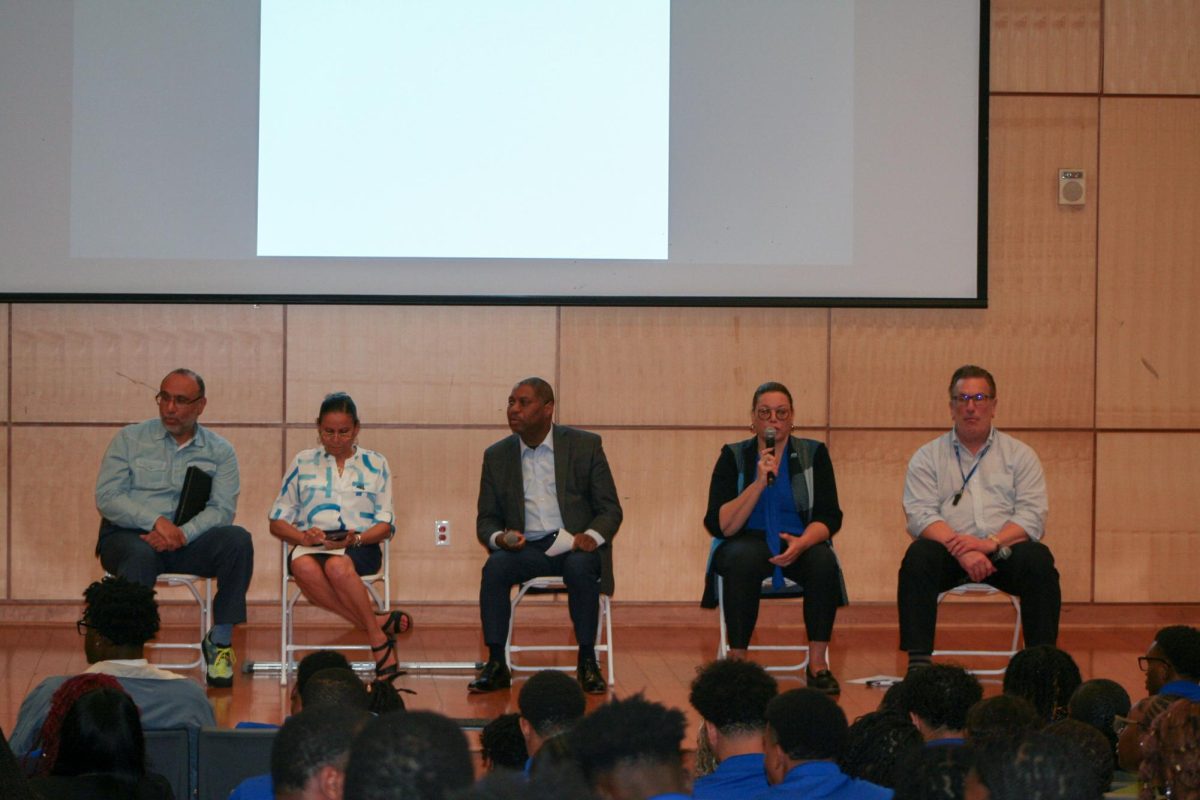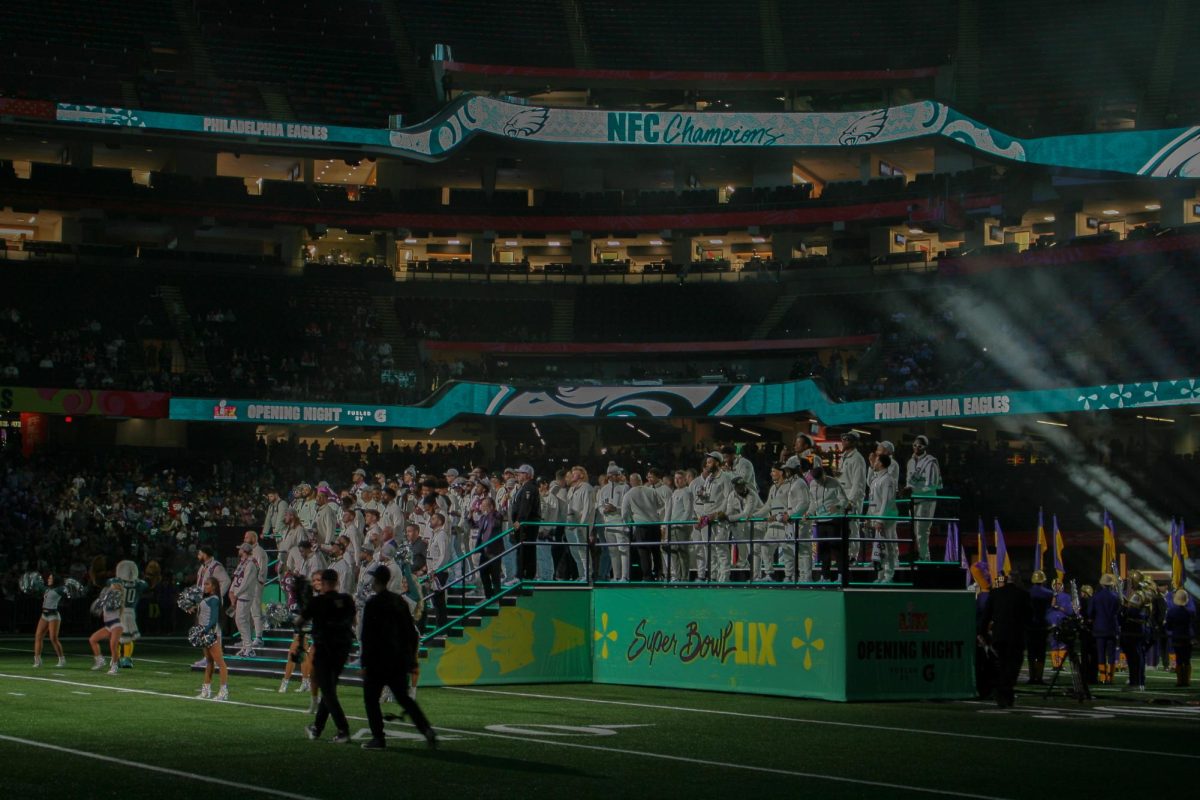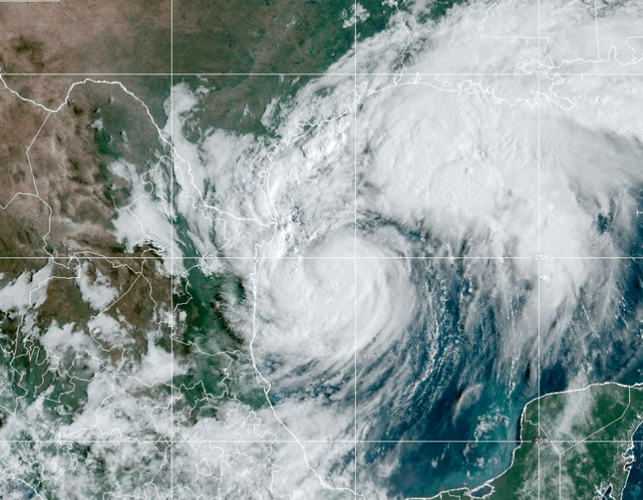NEW ORLEANS (Feb.21, 2013)- Faculty and students are talking about larger class sizes, and the university provost has attributed the increase to budget woes.
Examination of a printout of the spring 2013 class schedule on myDU shows that of 447 courses being offered this semester, 28 courses – or 6.3 percent of the total – have 30 or more students registered. The largest class appeared to be BIO202-001 Anatomy and Physiology, taught by Dr. Bernard Singleton, which has a cap of 65 and 63 enrolled.
Singleton also has Section 2 of the same class, with 48 students enrolled. Both of the sections are held in Stern’s Amphitheater, designed to hold 60 students, or three less than registered in Section 1.
Dr. Phyllis W. Dawkins said she has urged an ideal class size of 30, but size varies depending on the number of students a classroom can accommodate, whether it is general education class and/or whether a high number of failing students need to be accommodated so they won’t be behind.
A look at the schedule indicates that the larger numbers are in general-education core courses. For example, PSY101 and PSY102 are both full with 50 students each. And six of the 10 Spanish lecture courses have 30 or more students registered in each. Four core English classes (ENG112 and ENG202) each have 30 or more.
However, a few major classes also are large. For example, Dr. Angela White-Williams’ NUR371 has 41 students registered. Two courses in Public Health taught by Dr. Wodajo Welldaregay have 43 and 36 students registered, respectively.
Dawkins said Dillard has 63 full-time and 76 part-time faculty, with a student-faculty ratio is 14:1. In comparison, nearby Xavier University has 236 full-time and 25 part-time faculty, with a ratio of 13:1.
Dr. Sonya Caston-Good, assistant professor of chemistry, has a general chemistry class of 52 students.
One of her students, Khiana Hall, a freshman biology major from New Orleans, said, “It is ridiculous that students have to fight for seats.”
Janella Newsome, a visiting assistant professor of mass communication whose electronic newsgathering class has 17 students, according to the myDU schedule, said of the larger class: “It is sacrificing the learning environment due to the lack of resources (cameras and editing bays).”
Newsome said she had to rework her syllabus, splitting the class into three groups to stagger students’ use of the equipment.
Dawkins said as the university grows and retains more students, it will be able to hire more fulltime faculty. Right now, she said, “It is cheaper to hire adjuncts than full-time faculty.”
(Arian Pierre contributed to this report.)
“




























